1/72 Bf 110 C Zerstorer
23,95€
In stock

*Please check our Privacy Policies to see how to we use your personal data.
*Por favor revisa nuestra Política de Privacidad para ver como tratamos tus datos personales
Italeri 1/72 Bf 110 C Zerstorer
NEW DECALS EDITION – SUPER DECALS FOR 5 VERSIONS – FULL COLOR INSTRUCTIONS
FIGURES NOT INCLUDED – CONTAINS 1 MODEL
Together with the Messerschmitt Bf 109 fighter and the Junkers Ju-87 Stuka dive bomber, the Messerschmitt Bf 110 Zerstörer is considered one of the symbols of the Luftwaffe during World War II. In fact, Messerschmitt’s twin-engine, multi-role heavy fighter was widely employed by the German Air Force during the war and, in its various versions, used to perform a variety of operational roles: interceptor, fighter-bomber, reconnaissance, anti-ship aircraft and night fighter. Its two Daimler-Benz DB 601 engines, capable of delivering 1,200 hp, enabled the heavy fighter to reach a top speed of 560 km/h. The C and D versions were widely employed, on all fronts, from the early stages of the war. Heavily armed with two 20 mm cannons, four 7.92 mm machine guns and a rear machine gun for self-defense, it could carry bombs or additional tanks under the wings to increase its operational range.
Italeri 1/72 Bf 110 C Zerstorer
NUEVA EDICIÓN DE CALCAS – SUPERCALCAS PARA 5 VERSIONES – INSTRUCCIONES A TODO COLOR
FIGURAS NO INCLUIDAS – CONTIENE 1 MODELO
Junto con el caza Messerschmitt Bf 109 y el bombardero en picado Junkers Ju-87 Stuka, el Messerschmitt Bf 110 Zerstörer es considerado uno de los símbolos de la Luftwaffe durante la Segunda Guerra Mundial. De hecho, el caza pesado bimotor polivalente de Messerschmitt fue ampliamente empleado por la Fuerza Aérea alemana durante la guerra y, en sus diversas versiones, se utilizó para desempeñar una gran variedad de funciones operativas: interceptor, caza-bombardero, reconocimiento, avión antibuque y caza nocturno. Sus dos motores Daimler-Benz DB 601, capaces de desarrollar 1.200 CV, permitían a este caza pesado alcanzar una velocidad máxima de 560 km/h. Las versiones C y D se emplearon ampliamente, en todos los frentes, desde las primeras fases de la guerra. Fuertemente armado con dos cañones de 20 mm, cuatro ametralladoras de 7,92 mm y una ametralladora trasera para autodefensa, podía llevar bombas o tanques adicionales bajo las alas para aumentar su alcance operativo.



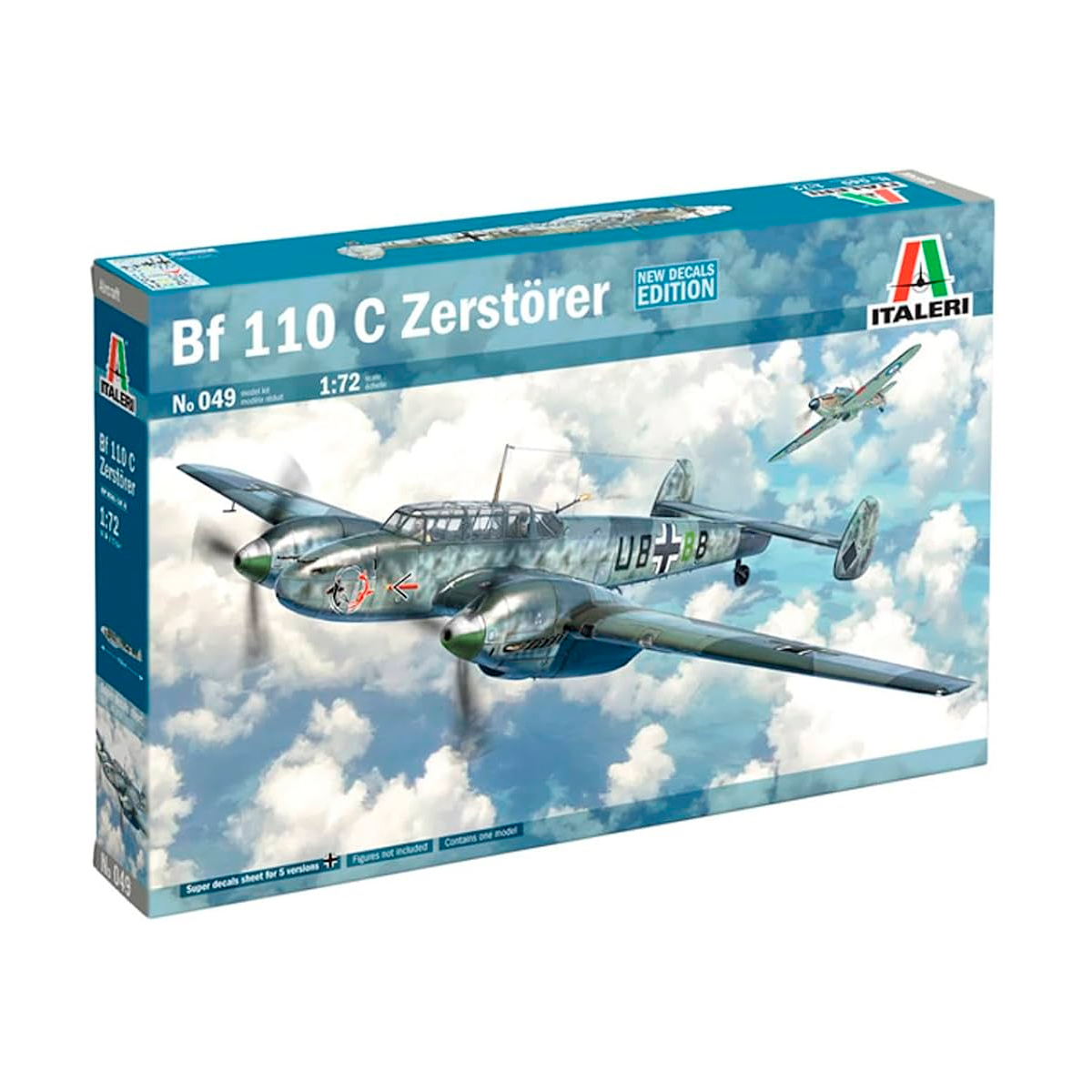
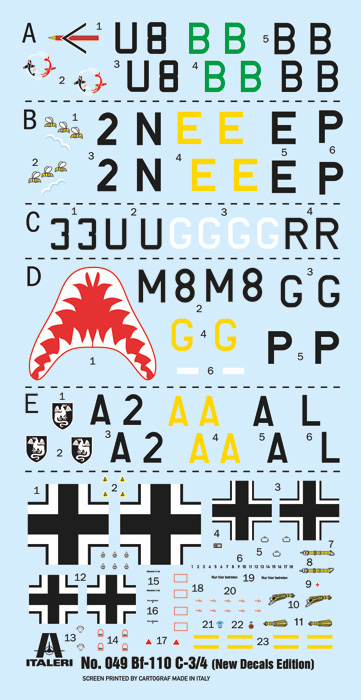
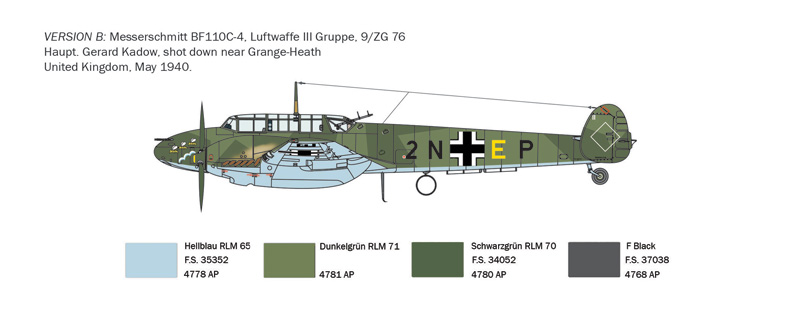
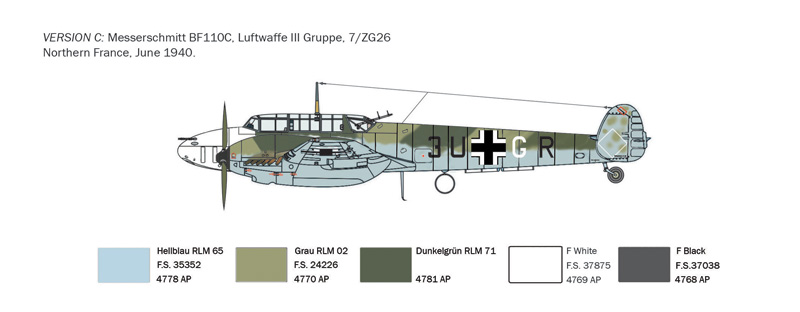
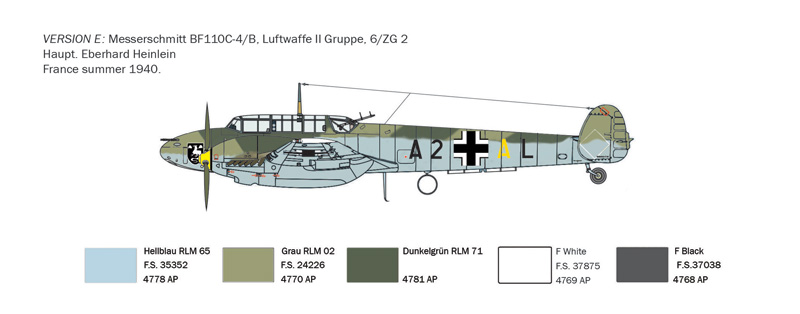
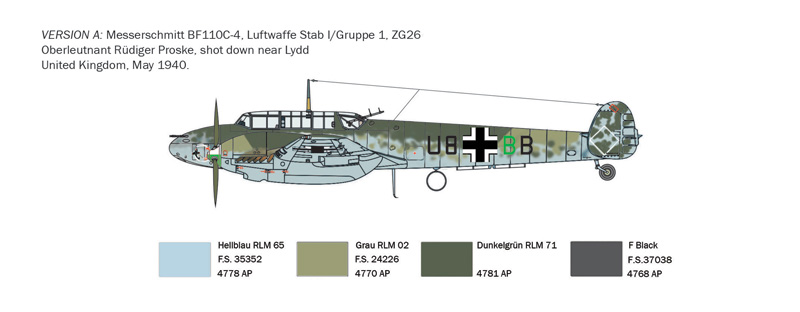
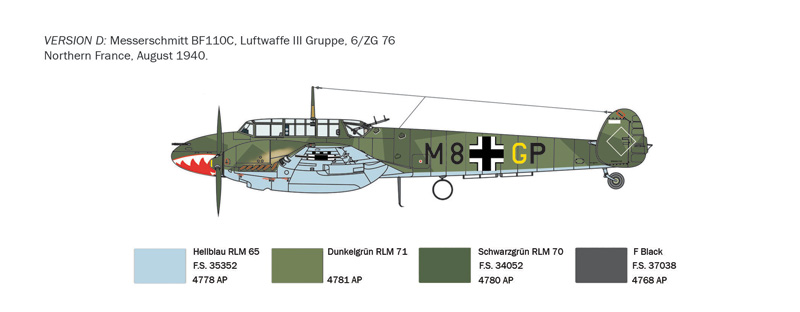
 Request of SDS product data file / Product security
Request of SDS product data file / Product security